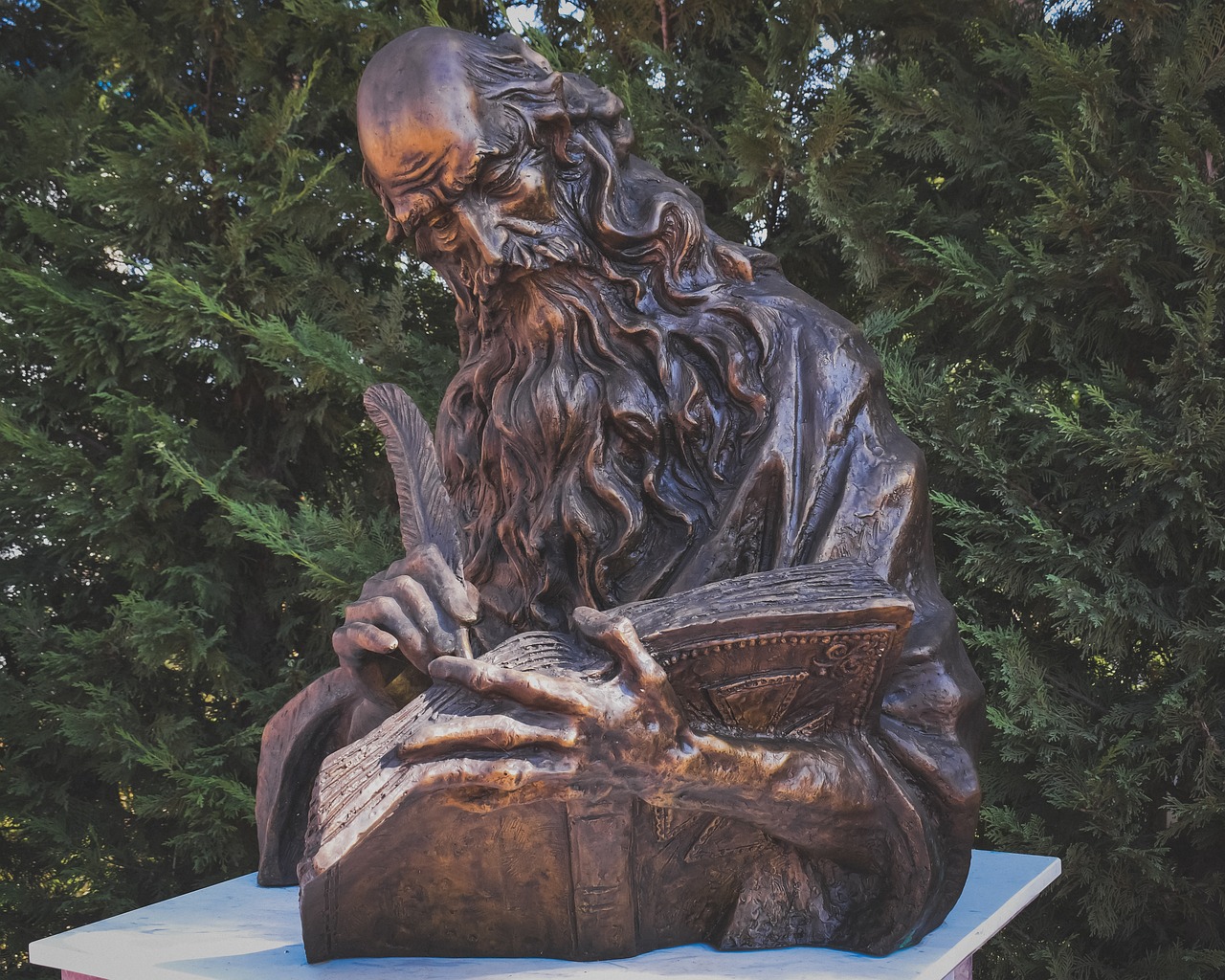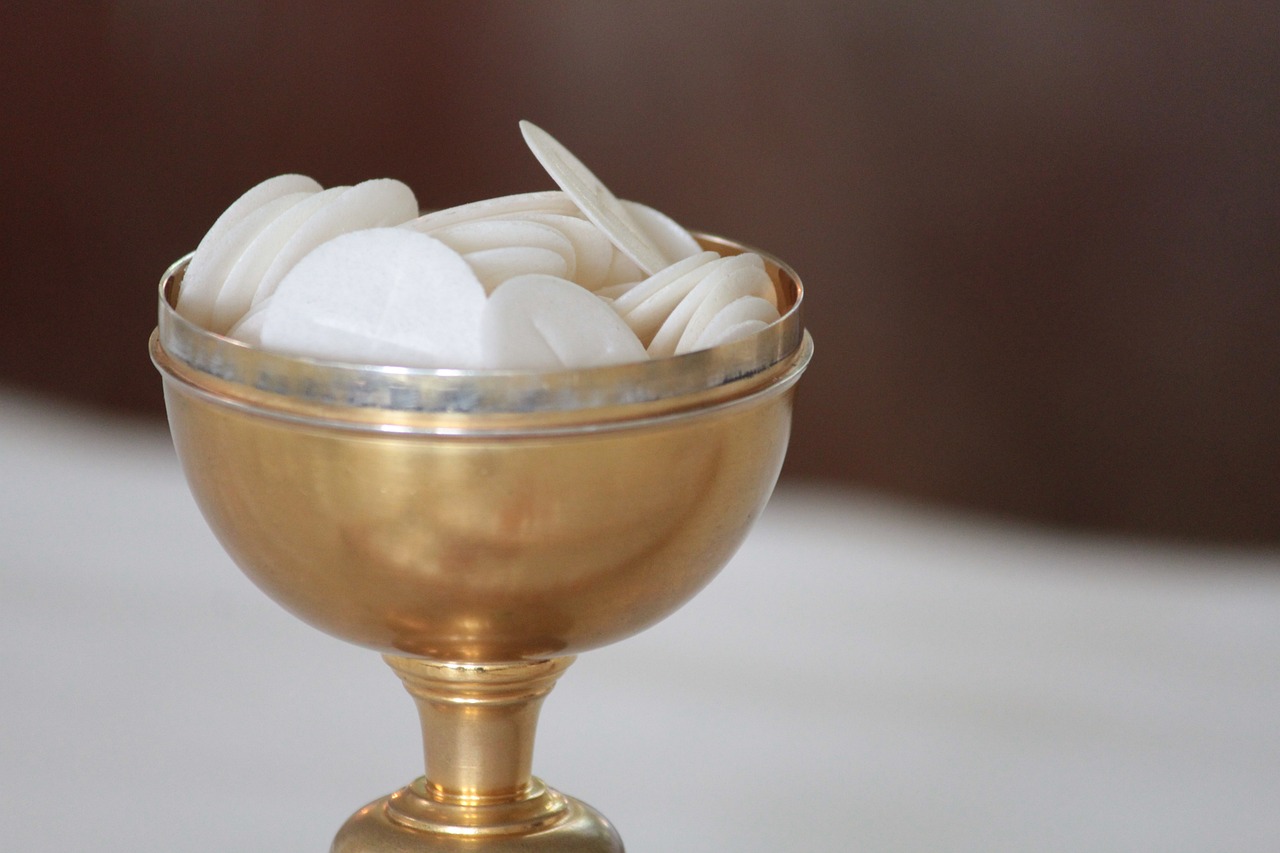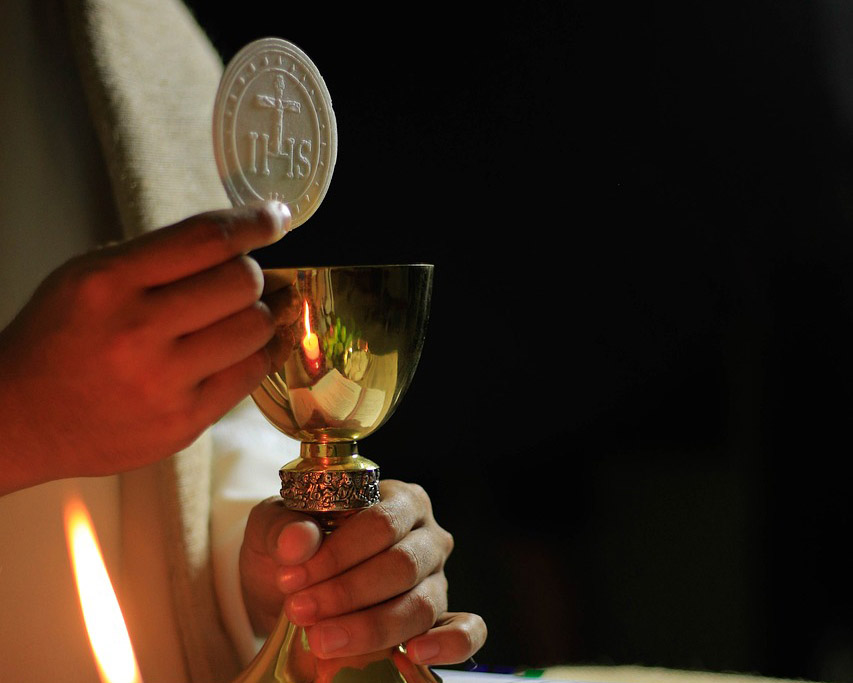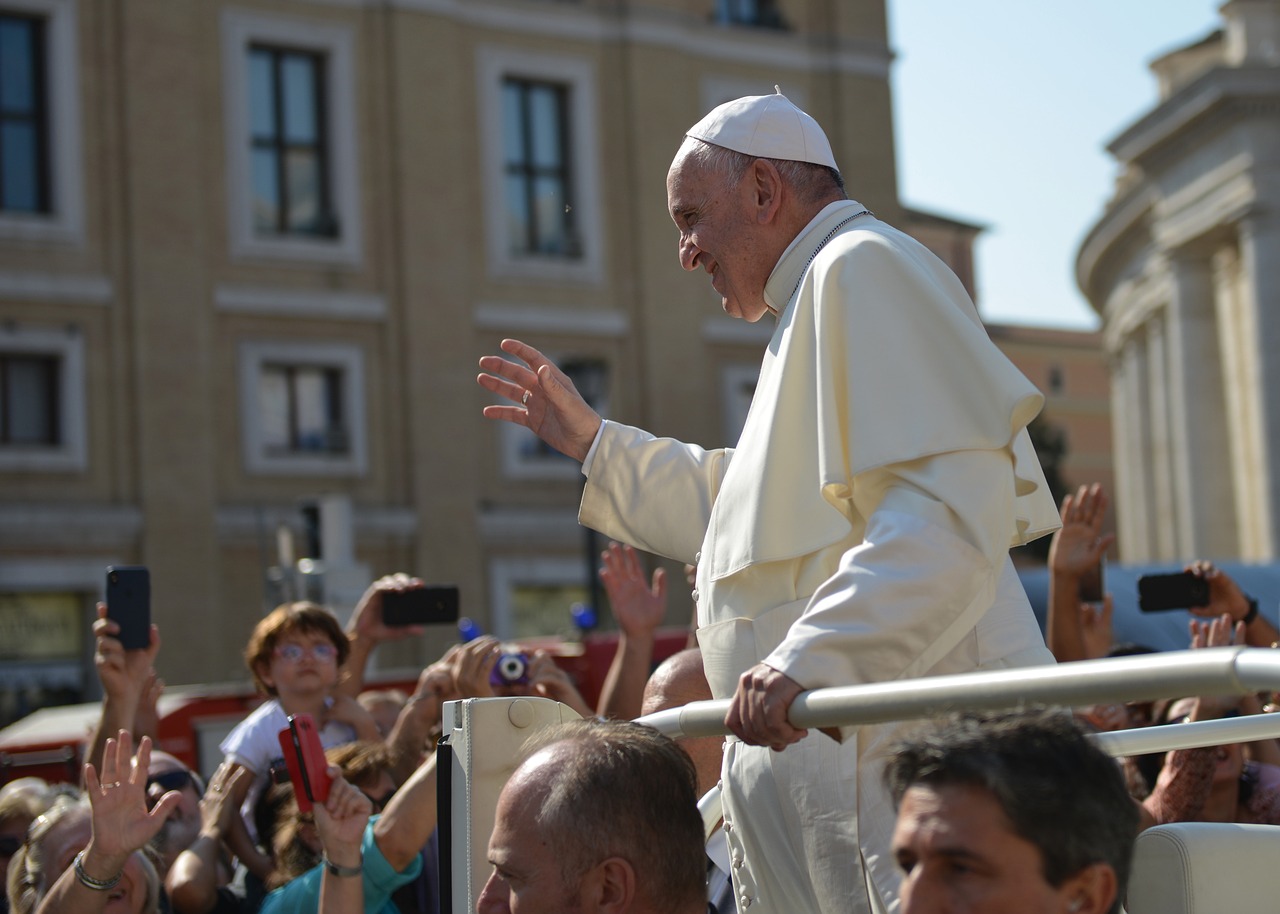
Evangelist translates from the Greek as "messenger of good tidings." All baptized persons are called to be such messengers. From the professional preacher to the person who exemplifies a life of Christian virtue, all might validly claim to be evangelists.
As early as Isaiah's prophecies, heralds of good news are cited in the Bible. In the Letter to the Ephesians, apostles, prophets, and evangelists play vital roles within the church. The deacon Philip in Acts is called an evangelist, as is Paul's protege Timothy. So it's clear that in biblical terms, evangelist is not an exclusive term.
However, by the time of the third-century church fathers, the list of evangelists seems reduced down to four: the gospel writers Matthew, Mark, Luke, and John. These four concretized the Good News which the whole church going forward would proclaim. In early church art, the four evangelists were simply depicted as men holding books, or symbolically as four scrolls situated at the corners of a cross. They were also imagined as the four rivers of Paradise mentioned in Genesis: Pishon, Gihon, Tigris, and Euphrates, meant to water the earth and give it life.
By the fourth century, the symbology of the gospel evangelists became a standardized tetramorph ("four shapes"): man, lion, ox, and eagle. These were not arbitrarily chosen. In the initial vision of the prophet Ezekiel, he perceives "a great stormwind" blowing in from the North. Riding this gale are four living creatures. They appear in human form with faces, legs, and hands. But they also have wings and polished hooves. Facing outwardly in the four directions, their faces resemble a human, lion, ox, and eagle respectively. "Wherever the spirit would go, they went; they did not change direction when they moved." These extraordinary creatures are four and yet unified in their movement. They also burn like coals of fire.
This tetramorph makes a reappearance in the Book of Revelation, and it's likely that the writer, John of Patmos, consciously intends the gospel writers with this usage. Matthew emphasizes the humanity of Jesus: he's represented as the man. Mark highlights the divinity and kingship of Jesus, and is identified as the lion. Luke holds up the sacrificial character of Jesus and so becomes the ox. John is the eagle. His gospel soars above the others with its transcendent perspective on the meaning of Jesus as the eternal Christ.
Scriptures: Genesis 2:10-14; Isaiah 52:7; Ezekiel 1:4-25; Luke 4:18-21; Acts 21:8; Ephesians 4:11-16; 2 Timothy 4:5; Revelation 4:6-8, 5:14
Books: Dictionary of Christian Art, by Diane Apostolos-Cappadona (Continuum Publishing Company, 1994)
Preaching to a Multi-generational Assembly, by Andrew Carl Wisdom, O.P. (Liturgical Press, 2004)





